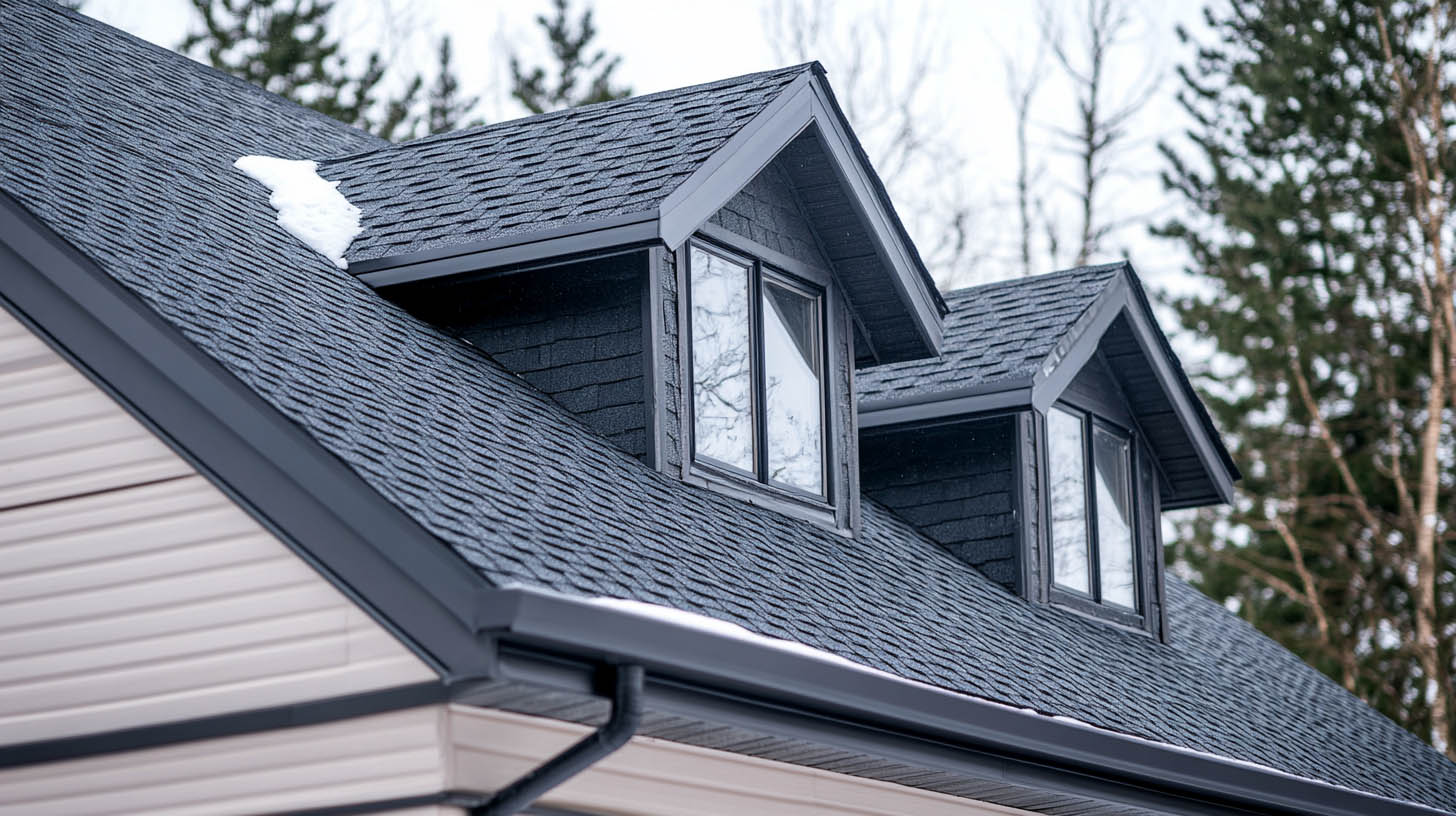
How to Shield Your Roof from Extreme Cold
While Weatherford, TX may not experience the same deep freezes as northern states, winter can still bring freezing temperatures, sleet, ice, and sudden cold snaps that put serious stress on your roof. Many homeowners are surprised to learn that their roofs, even in Texas, need protection from cold weather just as much as they do from summer heat and hailstorms. Cold-related damage might not always be as immediate or visible, but it can quietly compromise your roof’s performance, shorten its lifespan, and lead to costly repairs.
At DT Roofing, we’ve seen firsthand how unprepared roofing systems suffer through winter’s freeze-thaw cycles. Fortunately, with the right preparation and maintenance, you can shield your roof from cold weather damage and keep your home protected all season long.
Understanding the Effects of Cold Weather on Roofing Systems
Cold weather affects roofs in more ways than most homeowners realize. When temperatures drop below freezing, materials contract. When the sun comes out and temperatures rise again, those materials expand. This natural cycle of contraction and expansion, known as thermal shock, can weaken shingles, flashing, and sealants over time.
In addition, freezing temperatures can cause trapped moisture to turn into ice, expanding within cracks or beneath shingles. As ice grows, it can lift shingles, break apart sealants, and create small openings where water can later enter during a thaw. Over time, this process leads to hidden leaks, wood rot, and interior damage.
Ice dams are another winter risk that can occur in homes with inadequate attic insulation or ventilation. Warm air rising from the home melts snow or ice on the roof’s surface, but when it reaches the eaves, it refreezes. This buildup of ice at the roof’s edge prevents proper drainage and causes water to back up under the shingles — even in homes that appear completely sealed.
Step-by-Step: How to Prepare and Protect Your Roof
Inspect Your Roof Before Cold Weather Arrives
The first step in protecting your roof from winter weather is a thorough inspection. Check for missing or loose shingles, cracked flashing, deteriorated caulking, and clogged gutters. These issues, while minor during warmer months, can lead to serious damage when temperatures drop.
Look closely at roof valleys, edges, and any areas around chimneys or skylights where leaks are most likely to develop. These vulnerable points need to be reinforced or sealed properly to withstand winter’s challenges.
Ensure Proper Attic Insulation and Ventilation
One of the most effective ways to prevent winter roof problems is to maintain a consistent attic temperature. This involves both insulation and ventilation.
Sufficient attic insulation prevents heat from escaping into the attic, where it can melt snow or ice on the roof too quickly. Proper ventilation allows cold outside air to circulate, keeping the attic cool and reducing the risk of ice dams forming. A well-balanced attic climate helps minimize condensation, mold growth, and structural damage caused by moisture buildup.
If you notice extreme temperature differences between rooms in your house, or if your attic feels significantly warmer than the outside air, it’s time to have a professional inspect your ventilation system.
Clean and Maintain Gutters and Downspouts
Gutters filled with leaves, twigs, or debris prevent proper drainage, especially during winter. Water that can’t flow freely may freeze in the gutter system, creating ice blockages that can push water back onto the roof. This can lead to rot along the roof’s edge and damage to the fascia and soffits.
Cleaning your gutters before winter ensures that melting ice and rain have a clear path off your roof and away from your home’s foundation. For extra protection, consider installing gutter guards to reduce future buildup.
Seal Roof Penetrations
Any penetration in the roof — such as plumbing vents, exhaust pipes, skylights, or satellite mounts — is a potential entry point for water. These areas should be sealed with durable flashing and weather-resistant caulking.
Inspect the sealants and flashing for signs of cracking or deterioration. Replace or reseal as needed to prevent water intrusion during freeze-thaw cycles. Pay special attention to older sealants, as they tend to break down over time, especially when exposed to extreme weather fluctuations.
Trim Overhanging Branches
Trees with limbs hanging over your roof can cause significant problems in winter. Branches may snap under the weight of ice and fall onto your roof, damaging shingles or breaking through the decking. Falling limbs can also dislodge gutters or tear away flashing.
Trimming branches back at least six feet from the roof reduces the risk of direct impact and prevents leaves from accumulating in gutters.
When to Call a Professional
While basic roof maintenance can be done by homeowners, certain tasks — like full inspections, ventilation adjustments, or repairs — should be left to professionals. An experienced roofer can identify early signs of cold-weather vulnerabilities and recommend the best solutions before damage occurs.
At DT Roofing, we specialize in preparing homes for year-round protection. Our winter readiness assessments include a detailed inspection of your roof’s structure, shingles, attic space, insulation levels, and drainage systems. As an Owens Corning Platinum Preferred Contractor, we have access to the highest quality materials and warranties available, ensuring long-lasting protection for your home.
Benefits of Winterizing Your Roof
Preparing your roof for winter in Weatherford does more than prevent damage — it also improves energy efficiency, extends your roof’s lifespan, and protects your home’s structural integrity. A properly winterized roof:
- Reduces heating costs by preventing heat loss through the attic
- Prevents water damage caused by freeze-thaw cycles and ice dams
- Improves indoor air quality by reducing mold and mildew risks
- Increases the overall value and resale appeal of your home
With the right steps taken early, you can avoid emergency repairs and enjoy a stress-free winter knowing your roof is ready for whatever the weather brings.
Read also our blog: Getting Your Roof Ready for Seasonal Changes










